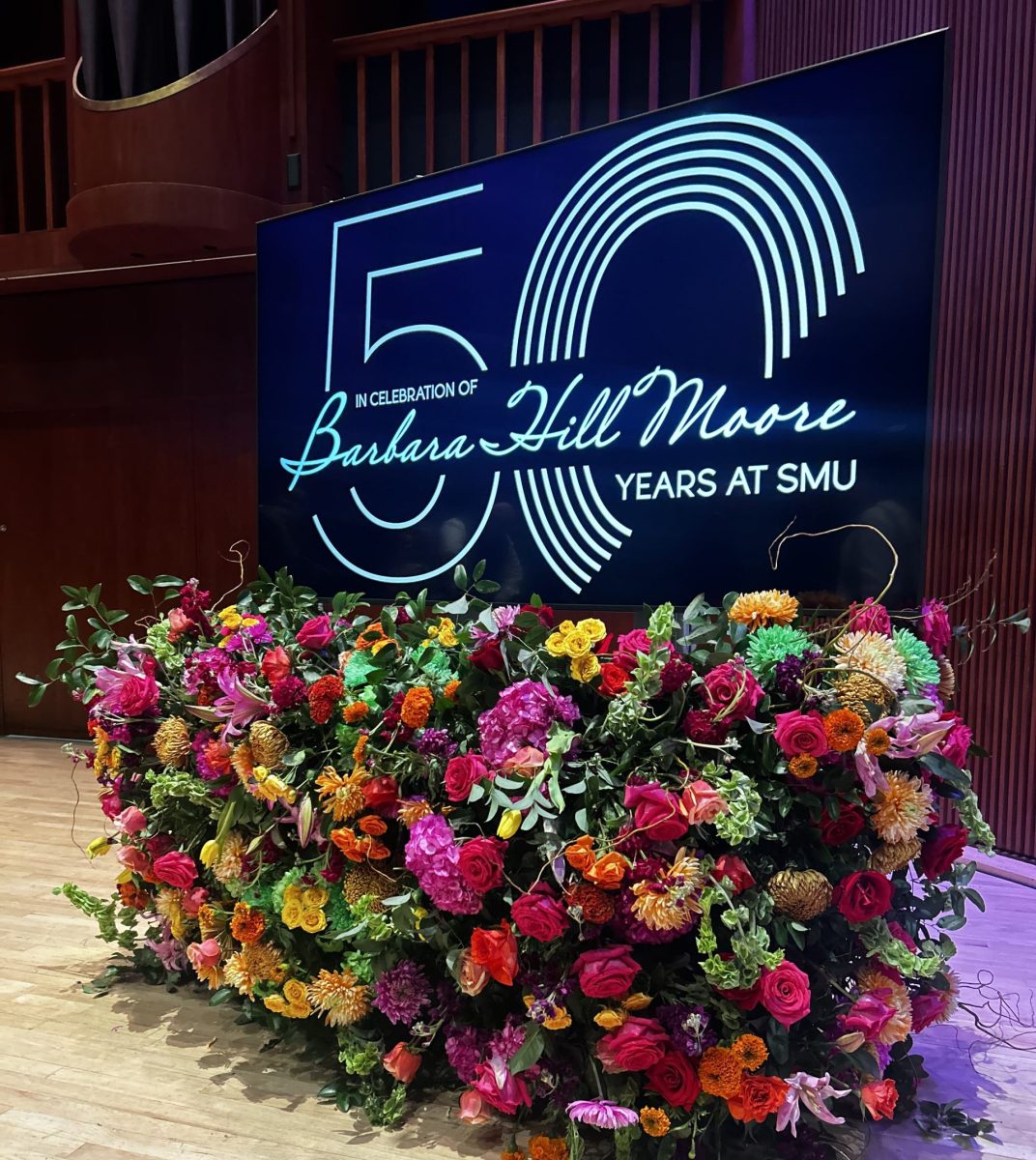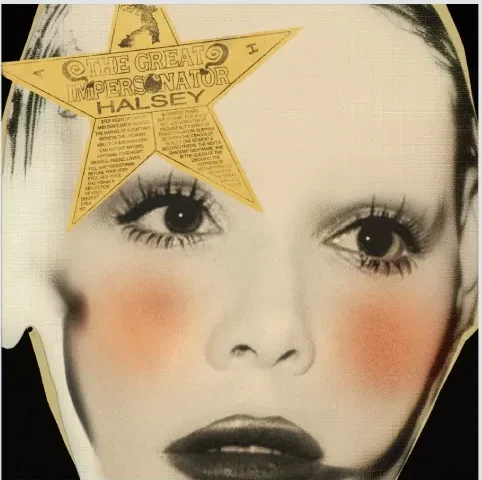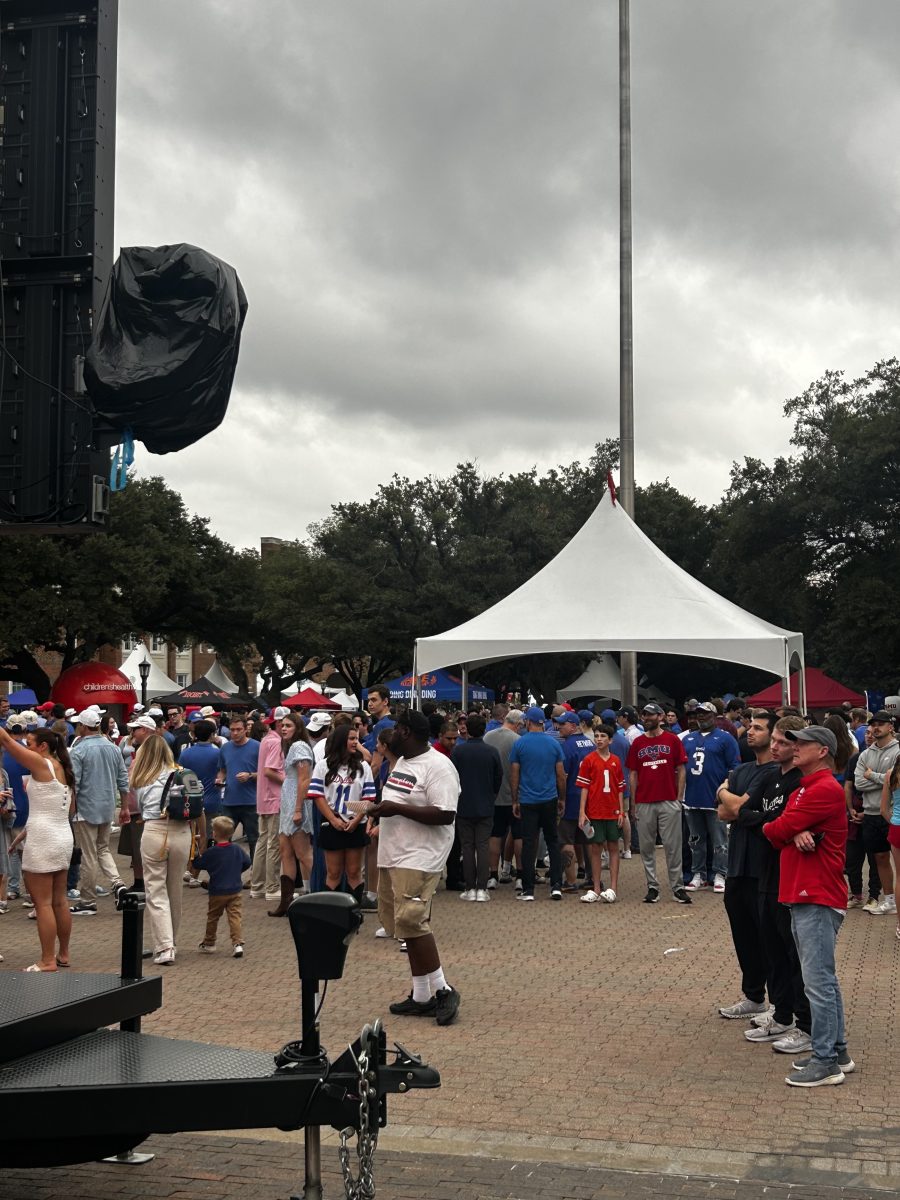
In the storm of media coverage around Ferguson over the past twelve days, a lot has been said about the racial divide between the majority black population of Ferguson and its majority white police force. But how did the city get this way? A new documentary sheds light on how North St. Louis county suburbs became so imbalanced in the first place.
In “Spanish Lake,” new director Phillip Andrew Morton tells the story of the suburb where he grew up, only nine miles northeast of Ferguson. Like Ferguson, Spanish Lake experienced rapid white flight at the turn of the century, resulting in its population flipping from 81 percent white in 1990 to 77 percent black in 2010. The film uses expert and amateur interviews alongside archival government reports and media coverage to track this change chronologically.
The film opens at a reunion of past and present white residents of Spanish Lake, who Morton convinces to speak openly about their experience with white flight in the area. Most of the interviewees are no longer “Lakers,” and many of their comments reveal the underlying racial tensions that have plagued the area for centuries.
One white woman haltingly admits, “I’m not sure if I can say this on-camera,” before she states that the trouble in Spanish Lake started when black people started moving in. She recalls getting in a fight with two African American girls in 5th grade and a black Santa Claus being shot off a roof by a white resident shortly after.
Morton claims that many residents of failed St. Louis housing project Pruitt-Igoe moved into apartments in Spanish Lake after the project was torn down in 1971. Many of the interviewees attribute the decline of the area to redlining by the county government starting in the 1970’s. Because Spanish Lake is unincorporated and has no local government, it was particularly susceptible to county zoning ordinances that moved large amounts of poor African Americans into the area via Section 8 vouchers. Landlords found the guaranteed rent that accompanied Section 8 residents appealing, and more and more apartments in Spanish Lake switched to Section 8 housing. Some landlords stopped screening residents as thoroughly as they could have and let maintenance fall by the wayside.
By 2003, Countryside Estates apartments had generated over 3600 calls for help in an eighteen-month period. It became so dangerous that pizza companies would no longer deliver there.
The local economy suffered as increasing numbers of middle class whites moved away. Even the Taco Bell closed.
The documentary cites the usual white middle class concerns to explain white flight in the area—protecting home investments, declining quality of schools, and a desire for a homogenous neighborhood.
Much blame is also accorded to “blockbusting,” a real estate practice where agents sell a house in a white neighborhood to a black family, then frighten white residents into selling by saying that their property values will soon plummet.
Morton hopes that his film will raise awareness about the systems that use racial tensions in a community to steer populations and make money.
“Community is the theme of the film…there’s a lot of blame and anger that if it wasn’t there, and we could see the system, then we could band together and become stronger as a community to overpower it,” Morton said.
His message is a timely one, but one that may fall on deaf ears in the St. Louis suburbs, where people’s ability to “see the system” is blocked by racial tensions that are at their highest. Screenings of the film in St. Louis scheduled for early September have been cancelled.
The film has already been added to the curriculum for an urban planning class at UCLA for this fall.
“Spanish Lake” plays in Dallas August 28 at AMC NorthPark Center.








